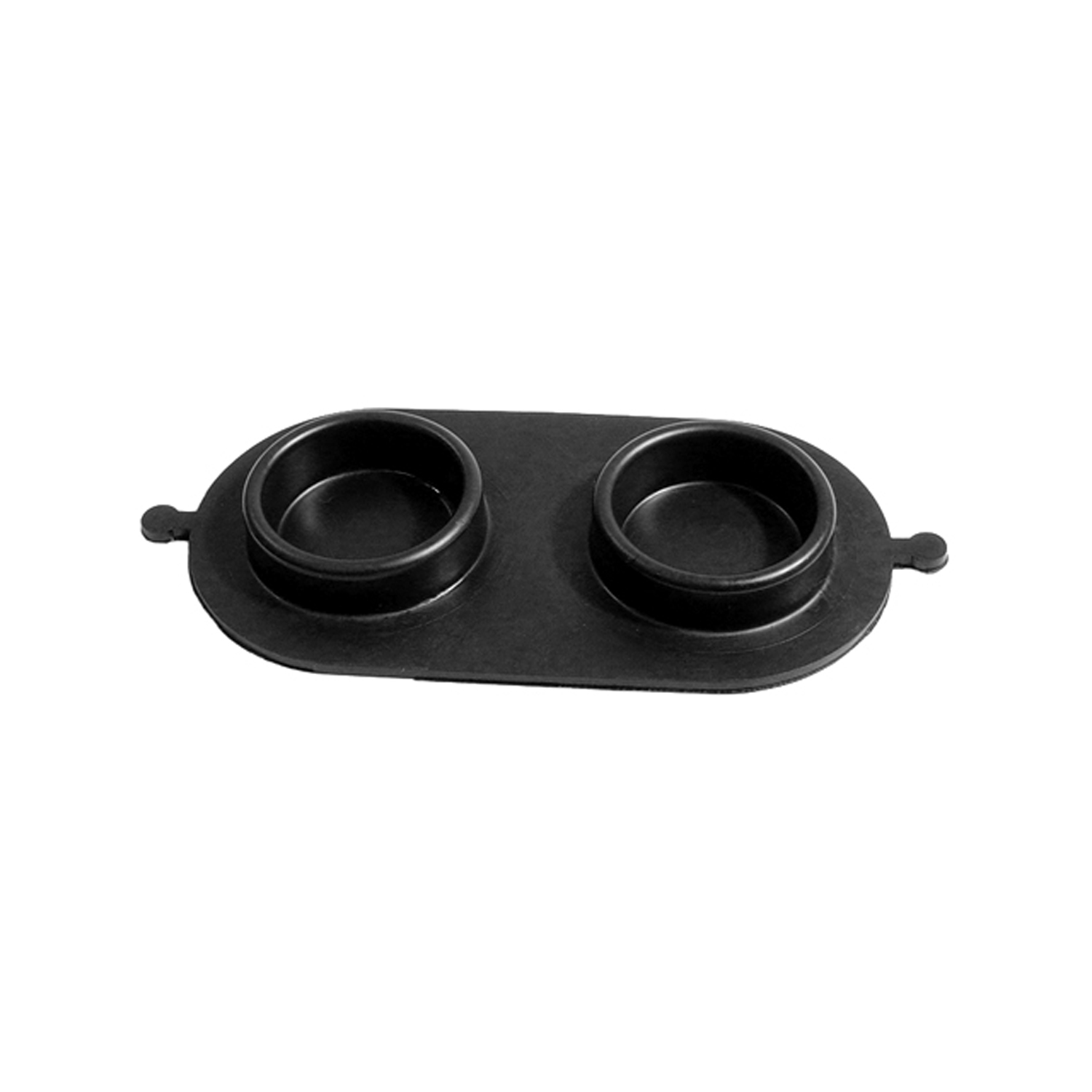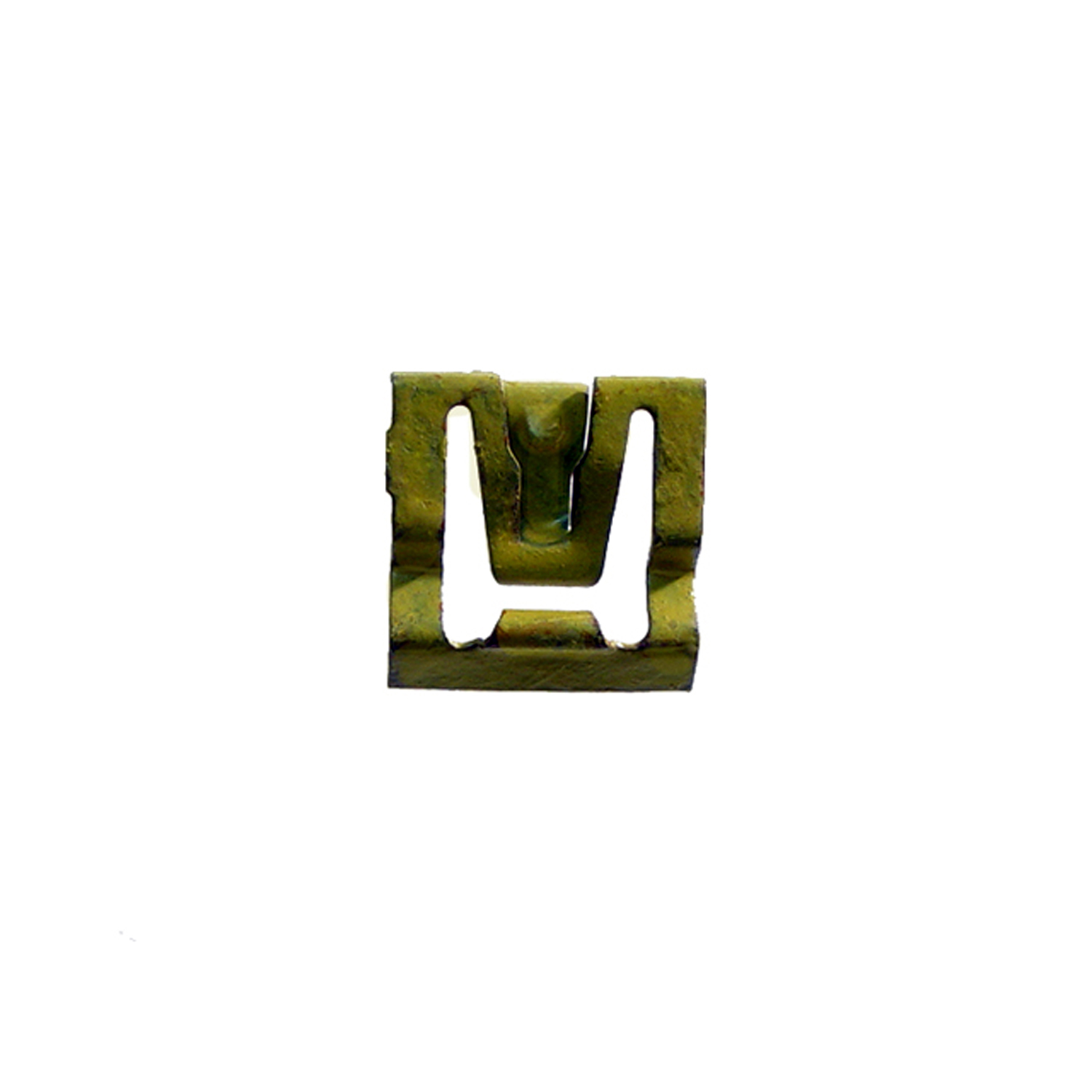Image of 1973 Ford Pinto, Note: These illustrations use artistic license and may differ from actual historical models.
Performance Metrics
Fundamental Metrics
Emotional Appeal
MMP Rating
| Engine Specifications | |
|---|---|
| Engine: | Inline 4 |
| Displacement: | 98 cu in (1.6 L) to 140 cu in (2.3 L) |
| Horsepower: | 54-86 hp |
| Torque: | 74-118 lb-ft |
| Compression Ratio: | 8.2:1 to 9.0:1 |
| Ignition System: | Conventional |
| Cooling System: | Water-cooled |
| Performance Specifications | |
| 0-60 Time: | 14-20 seconds |
| 1/4 Mile Time: | 19-21 seconds |
| Top Speed: | 90-100 mph |
| Transmission and Drive | |
| Drive Type: | RWD (Rear Wheel Drive) |
| Transmission Type: | 4-speed manual, 3-speed automatic |
| Fuel and Efficiency | |
| Fuel System Type: | Carburetor |
| MPG: | 20-25 mpg |
| Dimensions and Brakes | |
| Brakes: | Front disc, rear drum |
| Wheelbase: | 94.0 in |
| Weight: | 2000-2300 lbs |
Note: Specifications for classic cars are given to the best of our ability, considering the limited and variant data available.
Unveiling the 1973 Ford Pinto: A Compact Contender
In an era where fuel efficiency began to take the spotlight, the 1973 Ford Pinto emerged as a compact car that aimed to meet the demands of a changing market. Born from the American automotive giant Ford Motor Company, this vehicle was a response to the growing popularity of small, economical cars from overseas competitors. Notably, the Pinto became a symbol of American innovation in compact car design during a time when gas guzzlers were the norm. One intriguing aspect of its history is its role in the infamous safety controversy that would later spark significant changes in automotive safety regulations.
Design and Innovation: The Pinto's Persona
The exterior of the 1973 Ford Pinto boasted a simplicity that was both functional and appealing. Its design featured a long hood with short rear deck proportions, giving it a sporty stance for a compact car. Inside, occupants were greeted with a no-frills interior where functionality took precedence over luxury. Materials were modest but durable, reflecting the vehicle's economical intent. Technologically, it wasn't groundbreaking, yet it offered what was necessary for its segment at the time. Color options for the Pinto ranged from vibrant to subdued, with choices like "Bright Red" and "Medium Yellow" catching eyes on the road. Among these, "Grabber Blue" became a popular pick for its striking presence. The Pinto was available in various body styles including a two-door sedan, hatchback, and station wagon. The hatchback emerged as an iconic choice for its blend of practicality and style.
Historical Significance: The Pinto's Place in Automotive History
The 1973 Ford Pinto left an indelible mark on automotive history, not only for its design but also due to its role in sparking debates about car safety. It set itself apart with its compact size and affordability during an oil crisis era when efficiency began to overshadow extravagance. Despite facing criticism over safety concerns, which led to recalls and redesigns, the Pinto influenced industry-wide improvements in safety standards and consumer protection.
Performance and Handling: Behind the Wheel of a Pinto
Performance-wise, the '73 Pinto was modest by today's standards but held its own in its category at the time. With engines ranging from an economical 2.0-liter inline-4 to a peppier 2.8-liter V6 option, top speeds were adequate for daily commuting needs. Acceleration from 0-60 mph was not blistering but sufficient for merging onto highways. Handling was characterized by simplicity; it was nimble enough for city driving while providing an honest driving experience without power steering's assistance in base models. Drivers could expect to hear the distinct hum of a carbureted engine and feel every contour of the road beneath them—a raw connection between car and driver that modern vehicles often filter out.
Ownership Experience: Living with a Pinto
The Ford Pinto served many roles—from daily commuting workhorse to an occasional showpiece at local car meets. Its ease of maintenance made it accessible for DIY enthusiasts while reliability varied depending on care and maintenance history. As for fun facts, some may be surprised to learn that despite its later reputation challenges, the Pinto enjoyed strong sales figures initially and even found itself on racetracks in subcompact racing classes. Criticisms often centered around safety concerns which led to significant legal cases and recalls.
Collector's Information: The Market for a Classic Pinto
Today's collector may find that a well-preserved 1973 Ford Pinto can fetch anywhere from $5,000 to $15,000 depending on condition and originality—a testament to its growing nostalgia factor among classic car enthusiasts. Production numbers were high during its run; however, finding one in pristine condition can be challenging due to their age and past safety stigma. Price trends suggest that values have been slowly appreciating as vintage economy cars gain recognition for their historical significance rather than just their performance pedigree.
Conclusion: Reflecting on the Legacy of the 1973 Ford Pinto
The 1973 Ford Pinto stands as a testament to an era when American automakers began adapting to global economic changes and consumer preferences shifting towards efficiency over excess. While it may have had its share of controversy, it remains an important piece of automotive history that reminds us of how far vehicle safety has come. For those who own one today or seek to add it to their collection, it offers not just a mode of transportation but also a slice of Americana that continues to captivate classic car aficionados.
1973 Ford Pinto Catalog of Parts
 1973 Ford Pinto Brake Master Cylinder Cover Seal. Replaces OEM #C7AZ2167-A-RP 2-BBrake Master Cylinder Cover Seal. Replaces OEM #C7AZ2167-A. Each
1973 Ford Pinto Brake Master Cylinder Cover Seal. Replaces OEM #C7AZ2167-A-RP 2-BBrake Master Cylinder Cover Seal. Replaces OEM #C7AZ2167-A. Each 1973 Ford Pinto Windshield and Rear Windshield Reveal Molding Clip-WF 226Windshield and Rear Windshield Reveal Molding Clip. Made of steel. Each
1973 Ford Pinto Windshield and Rear Windshield Reveal Molding Clip-WF 226Windshield and Rear Windshield Reveal Molding Clip. Made of steel. EachWhy Choose Metro?
For over 100 years, Metro Moulded Parts has been the pinnacle of quality in classic car restoration parts. Our commitment to precision and authenticity in every component ensures a perfect fit and an OEM-level appearance.
- Expert Craftsmanship & Quality: Each part is a testament to our dedication to reliability and perfection, crafted from original designs and thoroughly tested.
- Advanced Technology: We use cutting-edge techniques to create flawless, long-lasting parts that surpass others in performance.
- SuperSoft Sponge – The Ultimate Door Seal: Not only are our door seals 30% softer than competitors', but they're also guaranteed to never leak. They effectively reduce wind and road noise, enhancing your classic car's comfort and driving experience.
- Proudly American: Our parts are a product of American craftsmanship, made in the USA with a spirit of excellence and heritage.
- Unrivaled Warranty: We back our products with a 30-year industry-leading warranty, a testament to our confidence in their quality.
Join us in preserving the legacy of classic cars with parts that are crafted for perfection, not just made.

